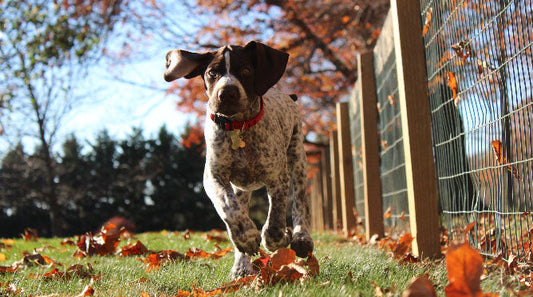Your dog is an important part of the family, so keeping him healthy is paramount. While exercise and regular vet visits are essential for overall health and wellbeing, Lyme disease in dogs may also be a concern, especially if you live in or travel to a high-risk region of the country. We asked Dr. Kelly Grisham, Medical Director of the Greenville Humane Society in Greenville, SC, how to identify symptoms and the best way to prevent Lyme disease in dogs.
Location Matters
Dr. Grisham says Lyme disease in the Southeast is rare. However, if you live in or have travel plans to areas of the country where Lyme disease is prevalent, including the northeastern states, upper Midwest and western United States, your dog may be at higher risk of exposure to the potentially deadly disease. If possible, prevent your dog from spending long periods of time in densely wooded areas where the bacteria-carrying deer ticks may be present.
How to Treat Lyme Disease in Dogs
Your dog can become infected with Lyme disease when a deer tick carrying the Borrelia bacteria attaches itself to your dog for 24 to 48 hours. If your dog is in a high-risk environment, inspect his coat and skin carefully and promptly remove any ticks with a pair of tweezers.
Since symptoms of Lyme disease in dogs are often undetectable, Dr. Grisham advises that if you believe your dog has been exposed, watch for signs, including anorexia, lethargy, fever, leg lameness and enlarged lymph nodes. If you notice any of these symptons, take your dog to the vet immediately for further evaluation. A blood test can determine if there is an infection, and typically an antibiotic will be prescribed as treatment.
Prevention is the Best Medicine
Ticks can transmit Lyme disease to your dog; so year-round prevention is important to protect him. Dr. Grisham recommends topical and oral medications or a long-lasting tick collar. The LINK AKC Smart Collar tracks your dog's location, so if your pup wanders into an area where you fear ticks may be prevelant, you'll be aware. Additionally, you may be able to request a vaccine to prevent Lyme disease if you live in an indigenous region.





